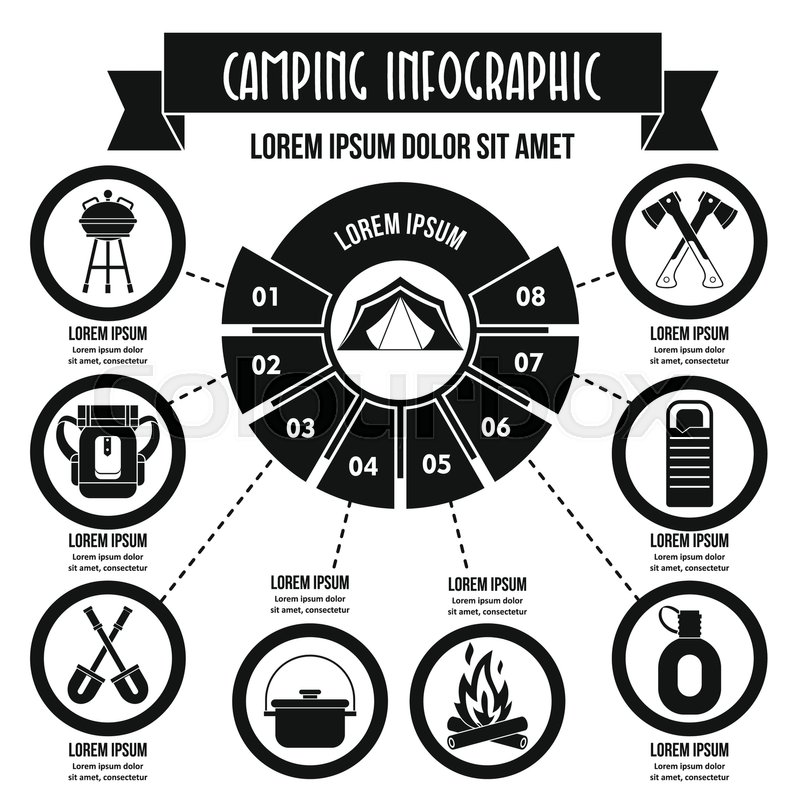For ounce counters, stakes are a prime location to save money. The majority of stake sets include a things sack that makes them very easy to load and protect.
They can easily pass through softer, sandy soils and ache duff but battle with rough terrain. Their blunt ends gain from the use of a club.
Hook Stakes
Generally long needles with a factor on one end and a squashed head at the other, pin risks are easy yet effective. They function well in hard ground where it's tough to drive in longer risks and do especially good work in rocky terrain, as the suggestion can work its method between buried rocks. Some versions (like Sea to Summit's Ground Control stakes) have three notches for man lines, which minimize take advantage of and enhance holding power.
A typical option to guard's hook risks, plastic energy risks normally have a Y-shaped shaft that will not turn in the dirt and have a tendency to be longer than hook risks. They're strong and resilient enough for moderate use, though they are fragile if you try to hammer them into rock or hard soil. They also require to be tilted completely to stop the person line from slipping off if it comes to be relaxed gradually (looping it around the shaft twice can help). Length: Longer risks portable dirt over a higher deepness and volume, which can enhance overall frictional resistance.
Nail/Pin Stakes
Toenail risks have a pencil factor for simple driving into clay, rock, or compacted soil. These stakes are additionally extra long lasting than timber stakes and do not splinter. They are generally used in construction, secure fencing, and disintegration control jobs.
These stakes have 12 spirally arranged toenailing openings one inch on center offering each stake with 24 prelocated nail access factors making them easy to use and quick to install. This nailing design removes splitting, turning and splintering improving employee safety and eliminating shed labor time.
They are tent stove typically used in concrete forming to safeguard lumber or steel concrete forms and in flatwork applications. They are also a preferred option for attaching screed bar owner secures in flatwork completing, string line guides, safeguarding landscape lumbers and surveying risks. They are made from chilly rolled U.S. made tool steel for extra strength and sturdiness. They have an ordinary life 2 to 3 times that of rivals hot rolled risks.
V Risks
Many outdoor tents risk designs exist, varying from easy aluminum and titanium rounded stakes to carbon-fibre ones designed for a series of terrain. Picking the ideal stakes relies on camping tent kind, camp site location and ground thickness.
As any risk is driven into the ground, it displaces some soil along its size. The displaced dirt compacts the soil promptly adjacent to the risk and assists to increase its stamina.
Stakes with a v-shaped sample (like MSR's Ground Hog Y stakes or Sierra Layouts FL stakes) are extra resilient than hook risks without adding much weight, and they also have a practical notch for the guy line. Nevertheless, they may do not have as much holding power in hard or rough ground. In such cases, angling the risk closer to upright can aid. This maximizes the possibility that a drawing force will certainly reach compressed layers of soil, boosting the stake's resistance to being pulled out. In a similar way, longer stakes pass through deeper right into the soil and boost total compaction.
Deck Stakes
Basically a thicker Y-peg, these stakes utilize an added flange to enhance surface and improve holding power. While a great alternative in loose and sandy substratums, they do disturb more dirt on insertion than less complicated forms. This can decrease holding power in difficult, thick ground - but it's still a far better option than nails or pins.
A variation on the Y-stake, these risks have three notches for man lines to help in reducing leverage and can be helpful in tough and rocky ground. They likewise often tend to be brief and light, making them a terrific selection for backpacking in rocky terrain. The Sierra Styles Ground Control risks are a good example of this type, though there are several others on the market.
Like other risks that do not have a hook or guy line notch, these will require to be tilted sufficiently to prevent the line from slipping off (as can occur if the line comes to be slack). Looping the line twice around the shaft can assist.
